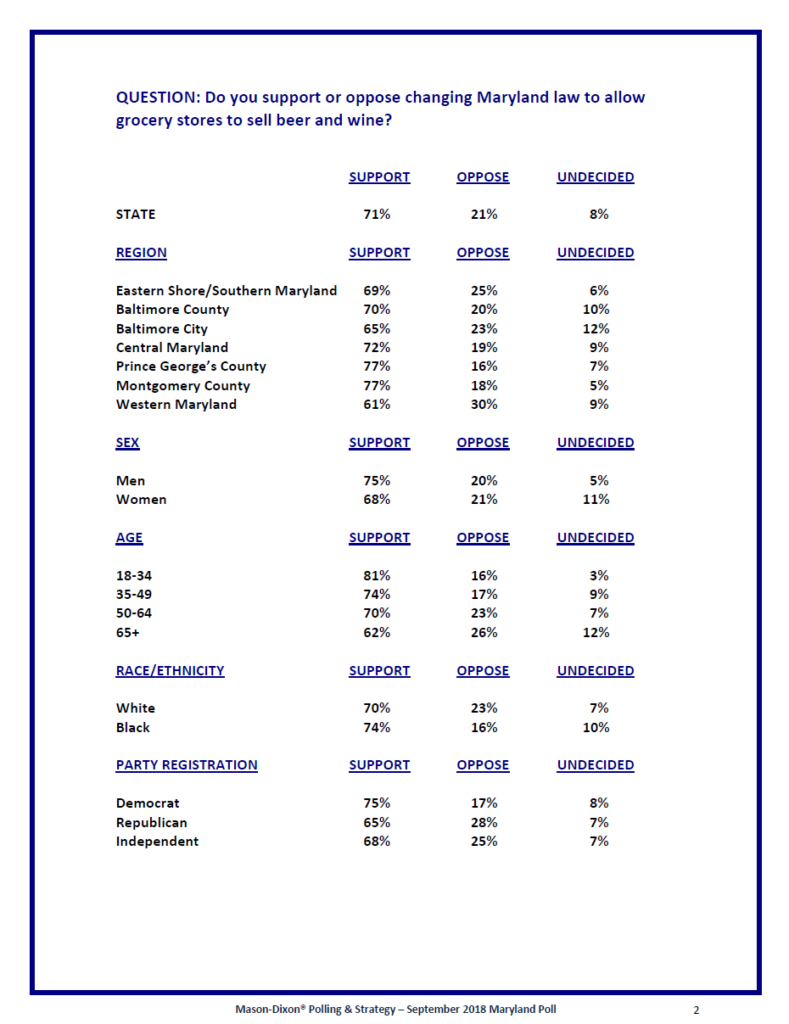By Adam Pagnucco.
The Montgomery County Chamber of Commerce has announced that it is supporting Question A (Council Member Andrew Friedson’s tax limit charter amendment), opposing Question B (Robin Ficker’s tax limit charter amendment) and opposing Question D (nine council districts). The chamber took no position on Question C, which would keep the at-large council members and create two new district seats. The chamber’s press release is reprinted below.
*****
MCCC Board of Directors Votes to Oppose Questions B and D, Supports Question A
View the Official Sample Ballot
At its September meeting, the Montgomery County Chamber of Commerce (MCCC) Board of Directors voted for its positions on the Montgomery County ballot questions for the 2020 General Election.
“There is so much at stake on the ballot in this year’s election,” said Gigi Godwin, President and CEO of the Montgomery County Chamber of Commerce. “The County ballot questions could potentially have long-lasting impacts for Metro Maryland’s residents and businesses.”
The MCCC Board of Directors recommends the following:
Vote FOR Question A – The Chamber strongly supports this change to the County’s tax policy by establishing a cap on the property tax rate instead of the total revenue that the County can receive. Importantly, Question A keeps the requirement an affirmative vote by all Councilmembers, as is currently required to raise the revenue limit.
Vote AGAINST Question B – Question B risks the County’s ability to respond to emergencies and could compromise the Triple-A bond rating which would increase borrowing costs by substantially.
“Question A is a strong solution to Montgomery County’s broken property tax system that promotes more transparency and understanding,” said Lowell Yoder, MCCC Board Chair. “It sets a consistent tax rate each year and is straightforward, as tax policy should be. By simply keeping tax rates stable, the County would generate tens of millions of dollars in revenue over time, without even raising taxes to do so.”
Vote AGAINST Question D – The Chamber strongly opposes moving to a nine district County Council. Currently, Montgomery County residents are represented by a majority of the Council (five votes): one district member and four at-large members. Question D would eliminate this majority representation.
“Question D arose out of frustration by the lack of Upcounty representation,” stated Leslie Ford Weber, MCCC Immediate Past Chair and Legislative Committee Chair. “The Chamber fully appreciates and acknowledges the need for fair representation on the Council; however, this proposed change is not the way to go about it.”
Currently, the Chamber is not issuing a recommendation on Question C or the statewide ballot initiatives.



